Huayhuash Trek in Peru
Our next adventure, which we had been looking forward to for a long time, was the Huayhuash Trek. A little stomach ache brought the trek already with it. The trek takes 8-10 days and takes place almost exclusively at altitudes above 4,000 meters. The highest point is the Paseo Trapeco with almost 5,000 m. Are we overestimating ourselves? What happens if someone gets injured? Do we have enough food with us? These were just some of the many questions that were buzzing around in our heads before we started our Huayhuash adventure. Of course we wanted to do the trek on our own. Almost 100 km later we actually did it and we all agree – this was by far the most beautiful hike we have ever done.
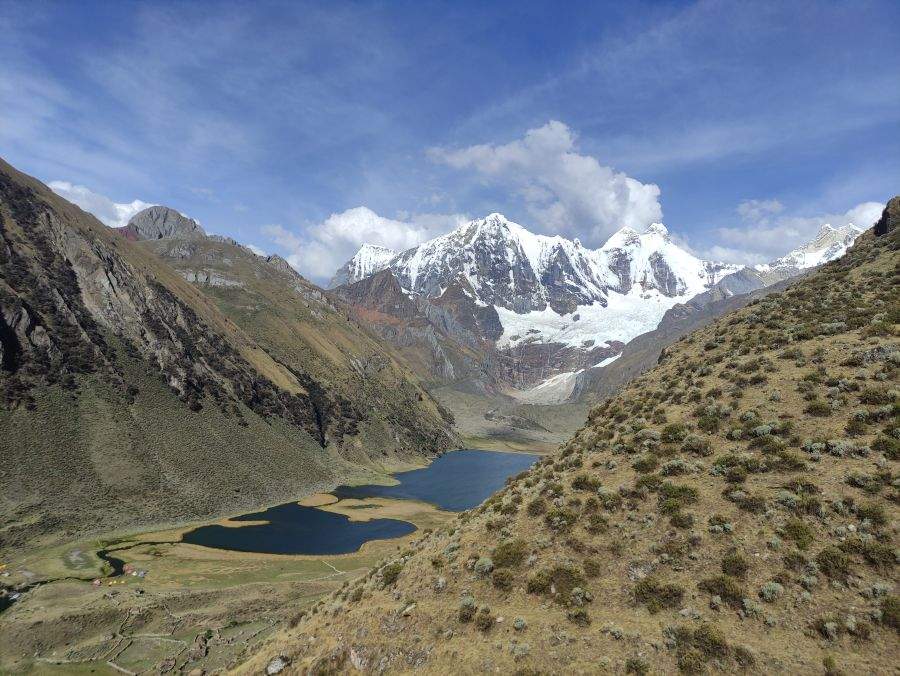

Everything important at a glance
Length: ~ 100 km
Duration: 8-10 days
Difficulty level: difficult
Highest point: Paseo Trapeco (5.030 m)
Itinerary of Huayhuash trek
The starting point of the Huayhuash trek is the town of Huaraz. Since the trek takes place at altitudes beyond 4,000 m, acclimatization of a few days in Huaraz is mandatory. Besides the Huayhuash trek, there are other beautiful one or more day treks from Huaraz. We can warmly recommend, for example, the day hike to Laguna 69. If you want to do the Huayhuash trek on your own, you should carefully pack your backpack in advance. Temperatures drop to as low as -10 °C at night. There are no shelters or opportunities to buy food along the way, with one exception.
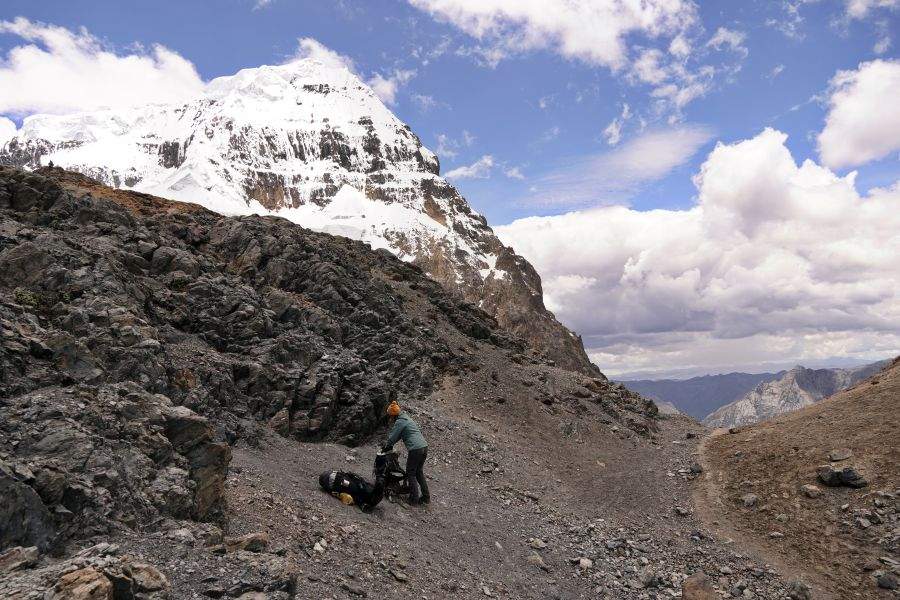

How much does the Huayhuash trek cost?
For carrying everything and not actually buying anything locally, we think the hike is relatively expensive. This is because the local communities on the hike charge money for crossing their areas. You pay between €7.50 and €10 to cross an area. Sometimes you even cross several communities in one day. But there is no official entrance fee for this, which would probably have cost a similar amount in total. It is said that the money is used to keep the camps clean and for the toilet blocks – quite expensive for that. But well, these costs should not stop you from doing the hike, of course. The costs are per person (there were two of us). If you find more passengers for the private transport, the price will of course go down a bit. All in all you should expect costs between 150 € and 250 €.
| Output | Cpsts |
| Bus Huaraz – Chiquian | 19 Soles (5 €) |
| Private Transport Chiquian – Quartelhain | 70 Soles (18 €) |
| Shopping (gas, groceries, snacks) | ~ 200 Soles (~50 €) |
| Crossing Communities | 250 Soles (~ 60 €) |
| Transport back Pacllon – Chiquian | 60 Soles (15 €) |
| Transport back Chiquian – Huaraz | 16 Soles (4 €) |
| Lunch in Huayllapa | 20 Soles (5 €) |
Day 1: Huaraz – Chiquian – Quartelhuain – Cacanan Pass (4700 m) Janca respectively Mitococha (~ 5 hours)
In the morning at 5:00 am our bus leaves Huaraz for Chiquian. Here we are directly talked to by a driver who would like to drive us to Pocpa or Quartelhuain. The price seems quite high to us but due to the lack of alternatives we decide to take the private transport. Since there is another hiker we share the 250 Soles by 3 people. In the jeep we decide to continue to Quartelhuain to save us a day of hiking along the road. For us three we had to pay then altogether 50 Soles more, so that in the end everyone must pay 100 Soles from Huaraz to Quartelhuain. We still remember well the first meters we started to doubt if we will really make it. Packed with provisions for 8 days, warm sleeping bag, sleeping mat and tent, my backpack weighed about 15 to 16 kg at the beginning. We quickly realize that this hike will not be a walk in the park.


As we cross the Punta Pass Cascanan it starts to drizzle lightly. Fortunately, the rain does not get stronger and we arrive happily at the top of the pass.
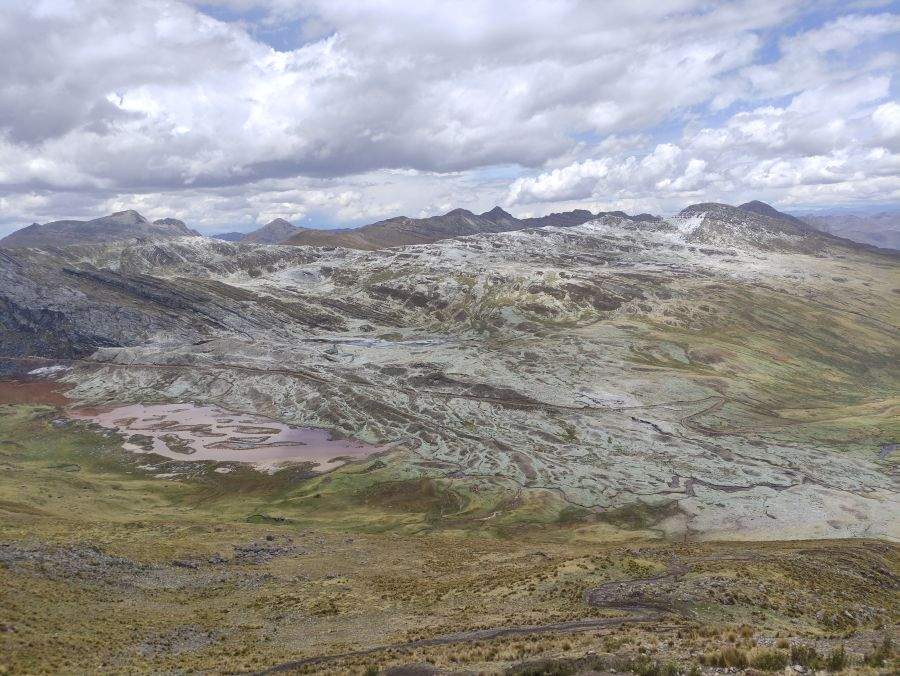

Then it goes down again until after some time we reach our destination Janca or the Laguna Mitococha. Also we experience now how mercilessly the temperatures fall as the sun disappears. Partly it becomes up to – 10 °C. That is not without in the tent. Quickly we cook ourselves something to eat and sleep already at 20:00.
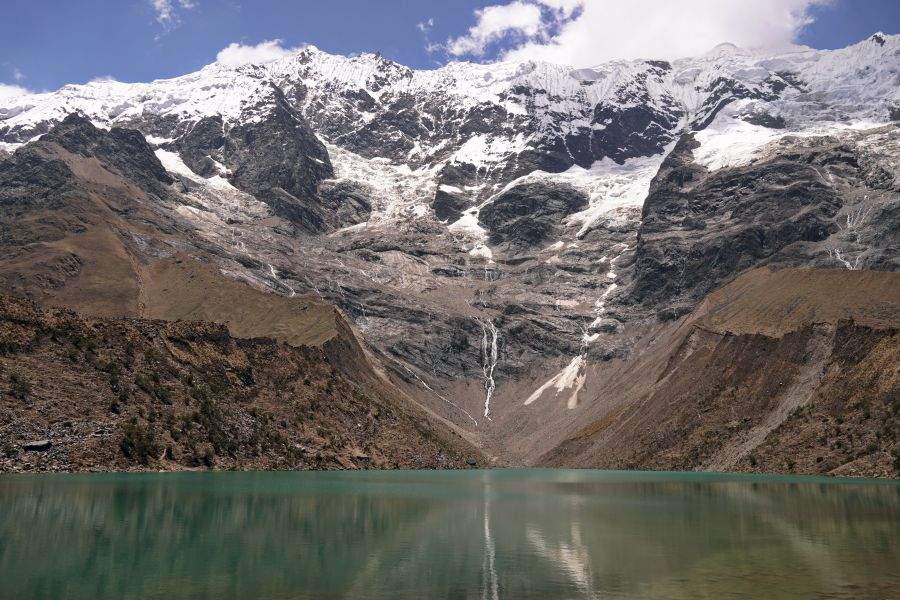

Day 2: Janca – Carhuac Pass (4.630 m) Carhuacocha (~4 hours)
The second day was for us the worst on the whole hike. But everything step by step. In the morning at 5:00 the alarm clock rings and we make ourselves after our porridge breakfast on the socks. Today it should be the Alpine Route, as we have heard that this should be more strenuous but also much more beautiful. It took me some convincing to convince Naomi of the alternative route. The guided tour from our camp goes this finally also and some of the hikers made a clearly unathletic impression than we. We have to be able to do that! So we start walking in the morning and follow the corresponding path. After about 2-3 hours uphill we are standing in front of a mountain range, on our right we have a beautiful view of the lagoon. We follow our path on maps. me only it gets lost at some point and there is simply no visible path anymore. We find ourselves in a kind of funnel and wonder how to get on here. Further on we try to follow the path marked on our digital map. After some more meters of altitude we quickly realize that we can’t find a way through the overhanging rocks. Quite desperately we look for possible ways but can’t find anything. We decide reluctantly to turn back and take the normal way the next morning.
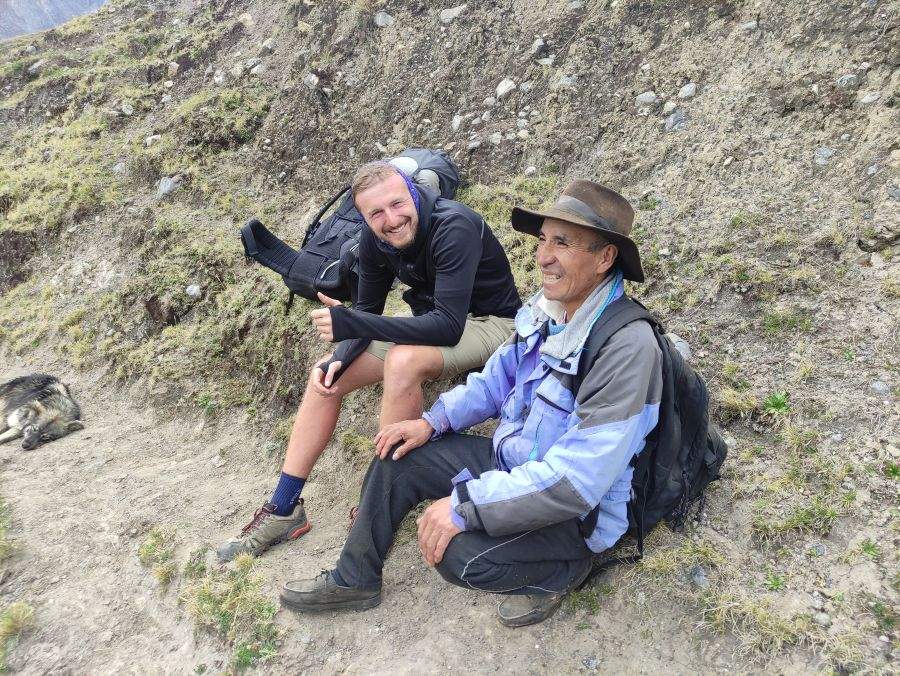

Visibly bad-tempered and with hanging heads it goes back. We both seriously thought about breaking off the hike and doubted more than ever whether we would make it.
On the second attempt, the hike is pretty easy. Now we follow the well signposted Huayhuash trek and cross the Carhuac Pass and reach the campsite in Carhuacocha after only 4 hours. We camp on the first of the two campsites directly at the lagoon. Since it is still relatively early we decide for a short nude bath in the ice cold water before it starts to rain in the afternoon.
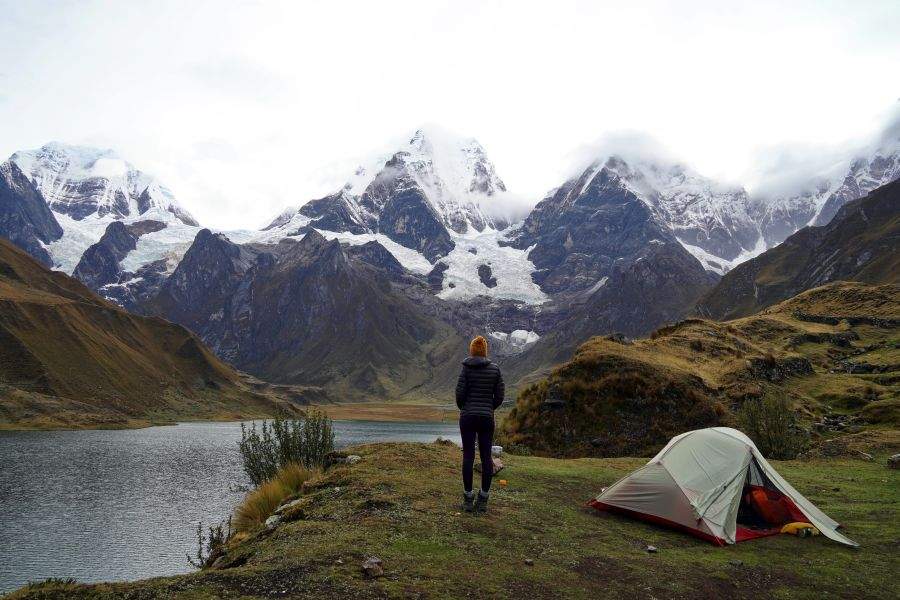

Day 3: Carhuacocha – Siula Pass (4830 m) – Huayhuash Campsite (~11,5 hours)
Again the alarm clock rings at 5:00 and the hardest day of the hike awaits us but also one of the most beautiful. First we pass the campsite next to ours, pay for passing and walk first a few kilometers. We make a short “granola bar stop” at a viewpoint before heading to one of the highlights of the hike. We are awaited by the view of the 3 lagoons (the picture that always appears when you google Huayhuash). The climb up to here is relatively steep and quite strenuous. But what can we say, the view compensates for all the sweat.
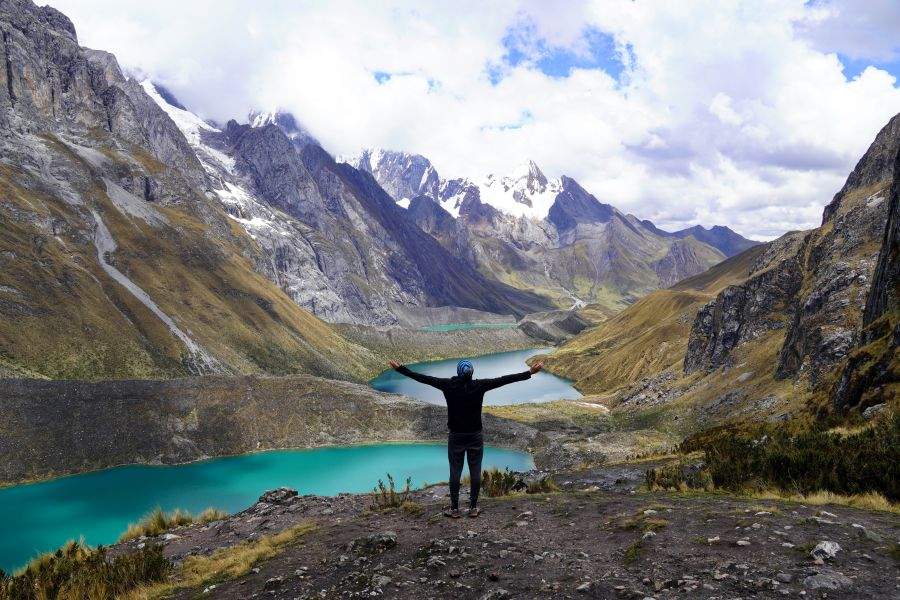

But the treacherous thing about the hike is that it goes even higher afterwards. In the meantime, a storm is coming up and we have not yet crossed the Siula Pass. We feel a little queasy and are visibly exhausted. Today we have to climb about 700 meters in altitude. Fortunately we only get some snow and the storm passes by again. Now only down into the valley we think to ourselves. Unfortunately, however, fast running was out of the question, because we had to make our way through the partially flooded grassland. Proud and happy we finally reach the Huayhuash camp. Giving up was now out of the question and we are full of confidence that we will make it.
Day 4: Huayhuash Camp – Trapecio Pass (5030 m) – Huanacpatay (~ 11,5 hours)
Today we even get up a little earlier than planned. Our goal now is to make up for the lost day on the second day in the following two days. So today we start early again. First we go up to the Trapecio Pass, which actually impressed me even more than the view of the 3 lagoons. The landscape changes abruptly, suddenly you see only red sandstone, which offers a beautiful play of colors with the blue glacial lake. The surrounding rocks remind of stalagmites. Especially in the upper areas, the rocks look as if they were carved by human hands. Afterwards it goes downhill again and we spend the night this time not in a camp but wild a bit behind Huanacpatay.
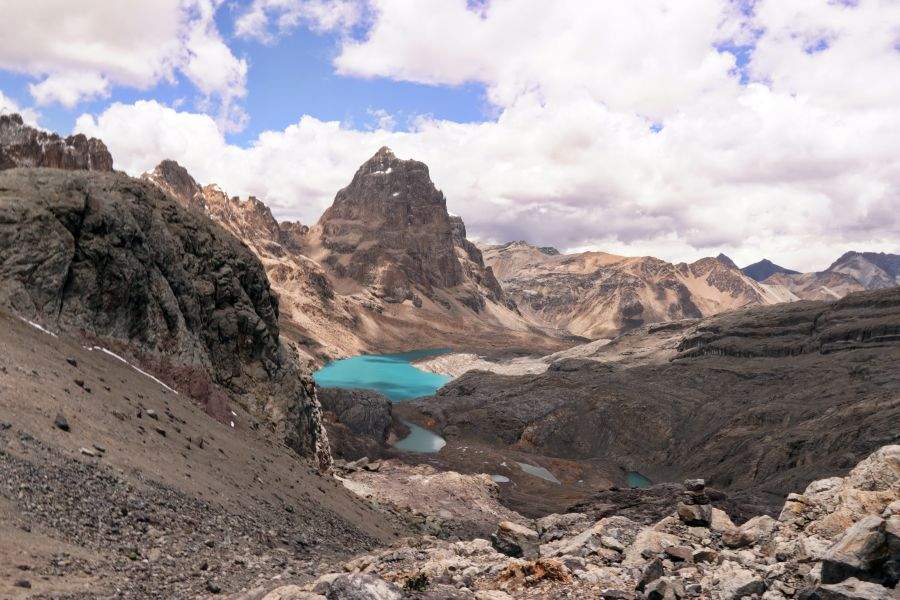

Day 5: Huanacpatay – Huayllapa – Huatica (~ 10 hours)
The first day without crossing the pass…. yay! Today we first go downhill for about 1000 meters until we find the first real signs of human civilization again. The village of Huayllapa awaits us. Our mouths water when we think that we are about to have lunch in a restaurant. Arriving in Huayllapa, we treat ourselves to a cold Coke and a chicken steak with soup, salad, chips and rice. That tastes so yummy!!! Well nourished and rather lethargic we continue after the lunch break. Now it goes up again 800 meters of altitude. The way we have imagined actually clearly more strenuous. In a pleasant slope we finally arrive 3 hours later in Huatica.
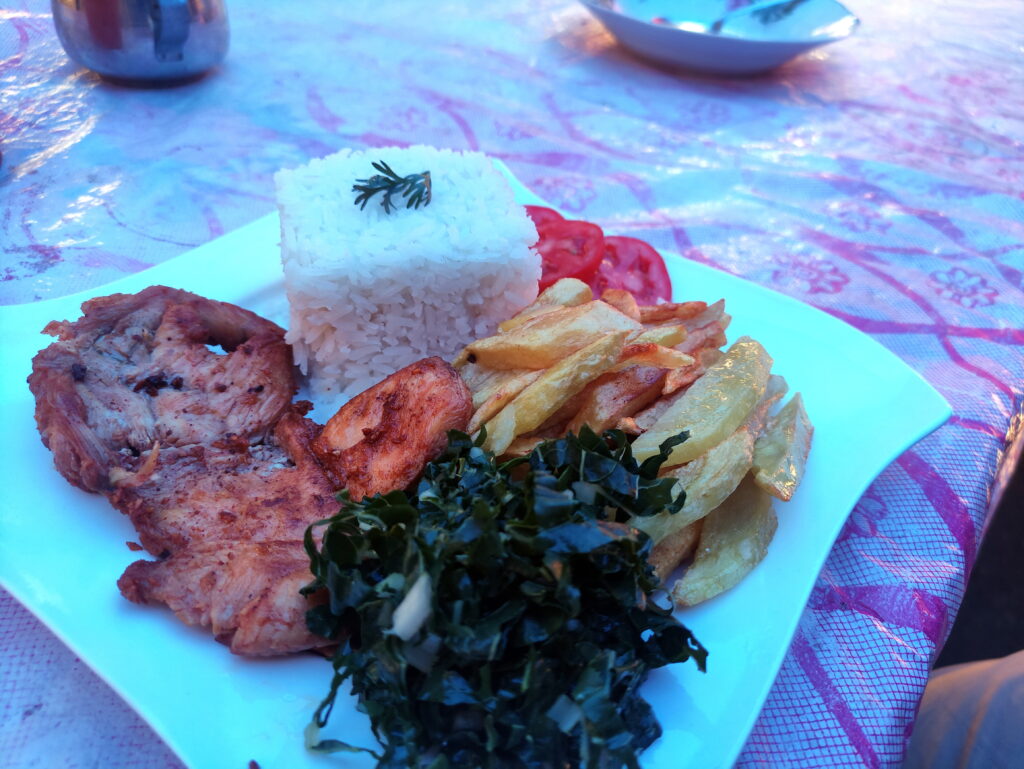

Day 6: Huatica – Tapush Pass (4790 m) Gashpapampa – Yaucha Pass (4850 m) Jahuacocha (~ 10 hours)
For whatever reason, we have now decided to double again and hike from Huatica directly to Jahuacocha. We especially like the different colored mountains. So the Rainbow Mountain must look approximately we think to ourselves. Snow-covered mountain peaks alternate with those of red sandstone. We pass several lagoons and hike as far as our feet will take us until we finally arrive in Jahuacocha. Here we meet some people for the first time since a few days. The campground is located very idyllic at the Laguna Jahuacocha. We chat with some groups and even luckily find one that has 2 places for us for the return trip. We agree on a time and a meeting place in Llamac for the next day.
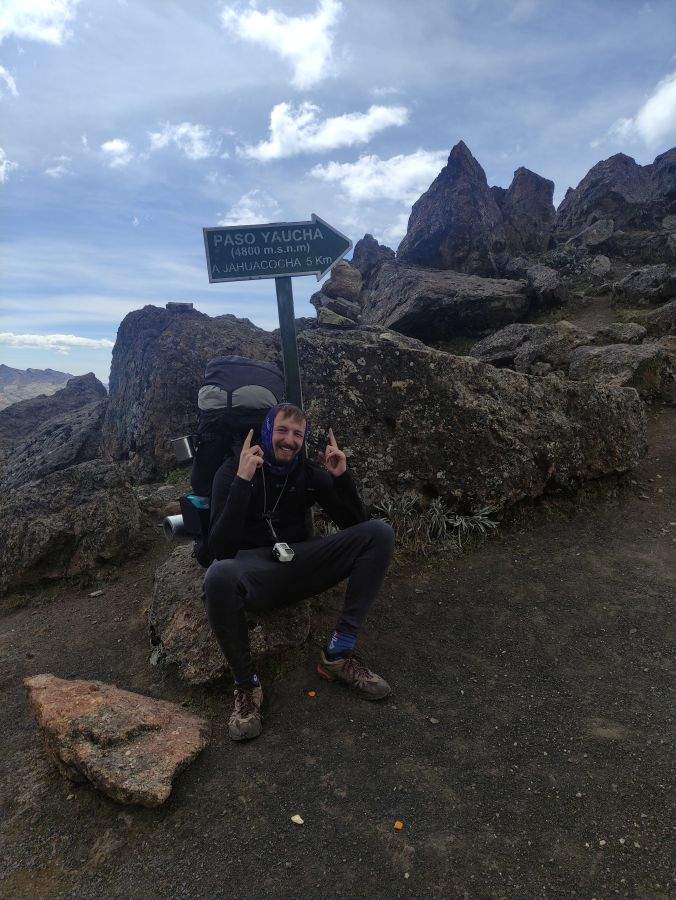

Day 7: Jahuacocha – Llamac (4-5 hours)
The next day is again full of ups and downs. In the morning we start, we are super in time. We assure ourselves with the donkey guides that we are taking the right way to Llamac and start walking. Everything goes well, the path is wide and we keep walking. Everything feels great, of course the anticipation is also great, because today we will sleep in a bed again.
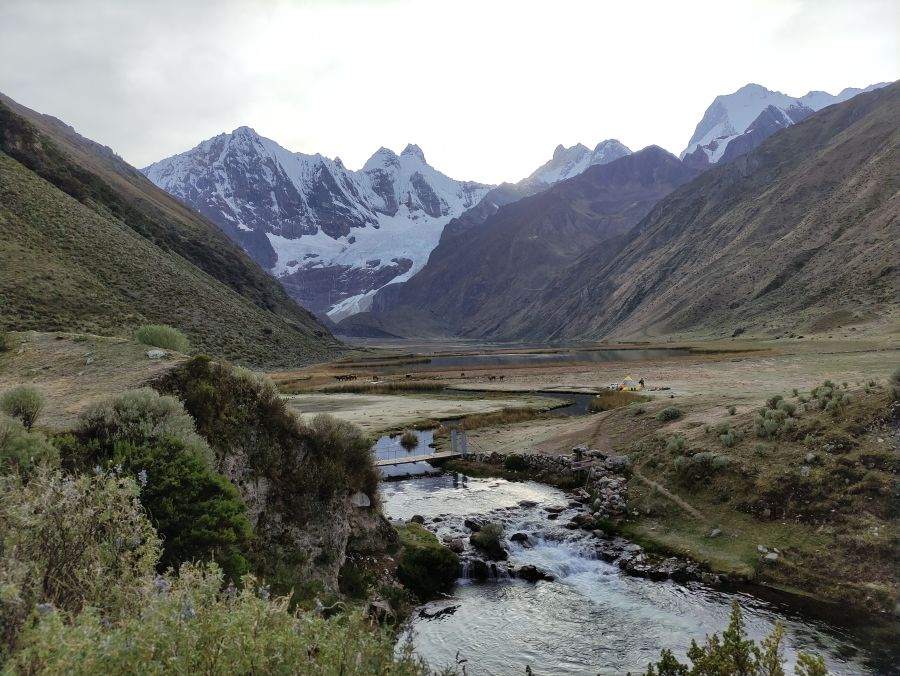

We follow the path until it is suddenly bricked up out of nowhere. Now we have our first doubts – crap, we’re missing our transport that we thought was safe, where should we go from here? Our map shows us that we are actually right. At the bottom we see a road being built. It must surely lead to Llamac and we climb down the steep slope. We make sure that the construction workers tell us that the road leads to Pacllon and not to Llamac. Completely disillusioned, we ask if there is a road from there and if cars drive there in the direction of Llamac or Chiquian. They answer our question in the affirmative, but of course we are not sure. So we start a 10 km forced march along the road. Naomi has meanwhile reached the end of her strength. In addition, it is simply scorching hot. After 2.5 hours we arrive in Pacllon and meet an older man who offers to drive us to Chiquian for 120 Soles. In an old junk car we go directly to Chiquian where we arrive after 1.5 hours. Completely dusty and coughing we find out to our luck that we can even take a bus to Huaraz. We made it! Proud and completely exhausted we arrive at our hostel around 21:00. We both agree. That was the hardest and most beautiful hike we both have ever done!
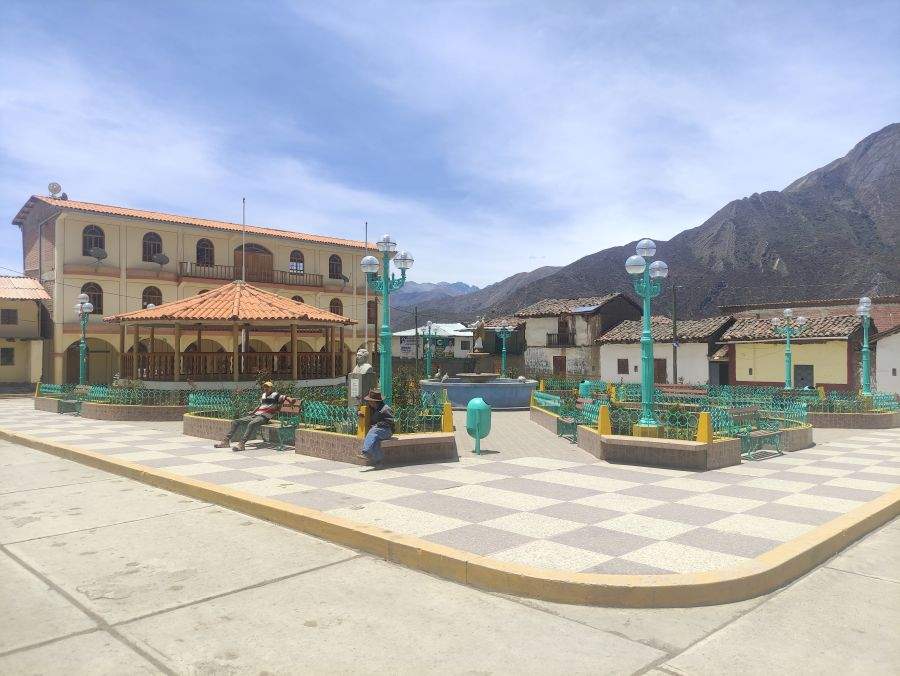

Packing list for your Huayhuash trek
In our packing list, of course, we make no claim to completeness. We have previously made a list of things that we need and still have to buy. A good learning from the hike for us was also that we had much less appetite at such altitudes.
Acommodation
- Sleeping bag ( min. – 5 °C comfort temperature, better even warmer)
- Tent (for us 3 persons was ideal, because we had space for the bags)
Clothing
- Snacks (cereal bars, Snickers, Twix and nuts)
- 1 x Warm jacket
- 2 x hiking pants (1 x quick dry)
- 3 x socks (2 x hiking socks, 1 x warm wool socks for night)
- Sports vest
- Woolen hat
- 1 x multifunctional headscarf
- 3 x dry-fit sports shirts
- 1 set of thermal underwear
- Rain jacket or poncho
- Hiking boots
- Underwear
Equipment
- Large backpack with raincover
- Offline map app (e.g. maps.me or mappy.cz)
- Headlamp or flashlight
- Camera
- Sunscreen
- Filter bottle (Lifestraw)
- Cooking pot (at best a foldable one made of silicone)
- Spork
- Metal cups for tea
Catering
- 4 x 250 g pasta
- 1 x 500 g couscous
- 2 x instant mashed potatoes
- 2 x 250 g soup noodles
- 500 g oatmeal
- 4 x carrot
- 300 g dried fruits
- 200 g nuts
- 4 x Snickers
- 3 packs of muesli bars
- 2 x pack of parmesan
- 1 x small olive oil
- 2 x pack of stock cubes
- Salt and cinnamon
- Magnesium tablets
Medication
- Blister plaster
- Gauze bandages
- Pills against altitude sickness
- Medicines against diarrhea, headache and pain pills
Huayhuash trek on your own or with a tour?
We did the trek on our own and would do the same again. It has to be said that the Huayhuash trek is tough, especially when you have to carry food for 8 days and camping stuff. Nevertheless, we were incredibly proud when we finally made it and would do it again on our own. But if you feel insecure you will find enough tour providers in Huaraz.
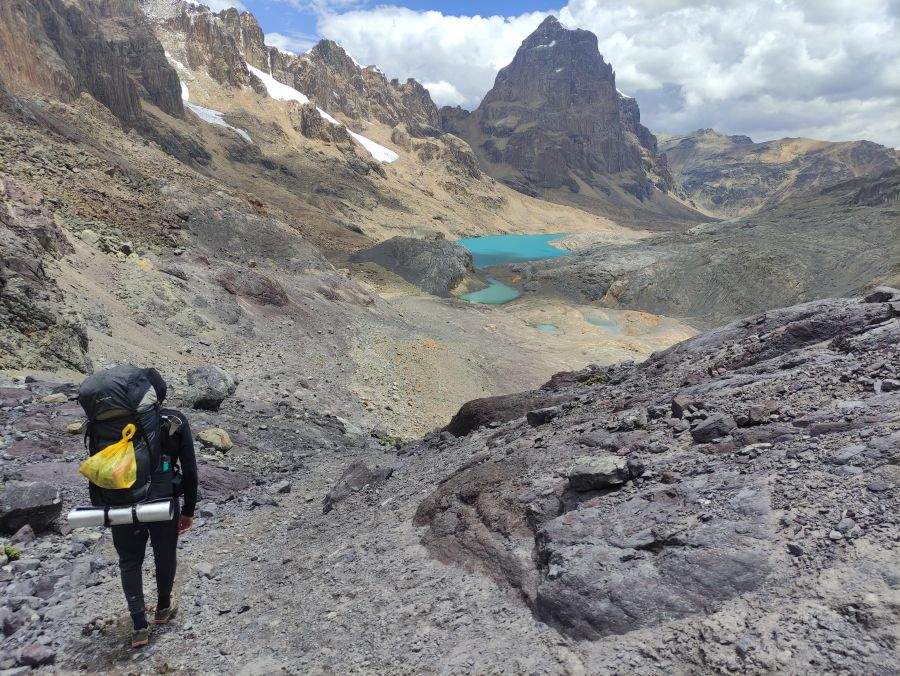

Acclimatization for the Huayhuash trek
We recommend spending a minimum of 3 days in Huaraz before embarking on the Huyahuash trek. Better is 5 days. We would also recommend doing at least one day trek in advance from Huaraz. We can recommend the day hike to Laguna 69. It goes up to 4,600 meters. We did this on the second day and Naomi was feeling really bad after the hike. Therefore, we left us a few more days to acclimatize and then left on the sixth day.
Accommodations on the Huayhuash Trek
During the trek, apart from the starting points of Llamac and Pocpa, there is exactly one place on the way. Huayllapa is reached around day 5, where there are so-called hospedajes (accommodations). Since we were here at lunchtime, we treated ourselves to a delicious lunch and then hiked directly further.


Arrival to the Huayhuash Trek
Getting to the Huayhuash trek is relatively simple. From Huaraz you take a bus to Chiquian. Rapido buses serve the route several times a day (19 soles). We recommend to buy the ticket the day before to be on the safe side. In Chiquian you have to change to a bus, colectivo or private transport. When we arrived there in the morning, unfortunately only private transport was available. This unfortunately costs around 200 Sol per car.
Food during the Huayhuash trek
During the entire trek there were only in Huayllapa places where you can buy food. Here we treated ourselves to a delicious lunch before continuing uphill. Generally we cooked something in the evening and in the morning we ate porridge or couscous with dried fruits, cinnamon and nuts. At lunchtime we had snacks like Snickers, muesli bars or nuts.



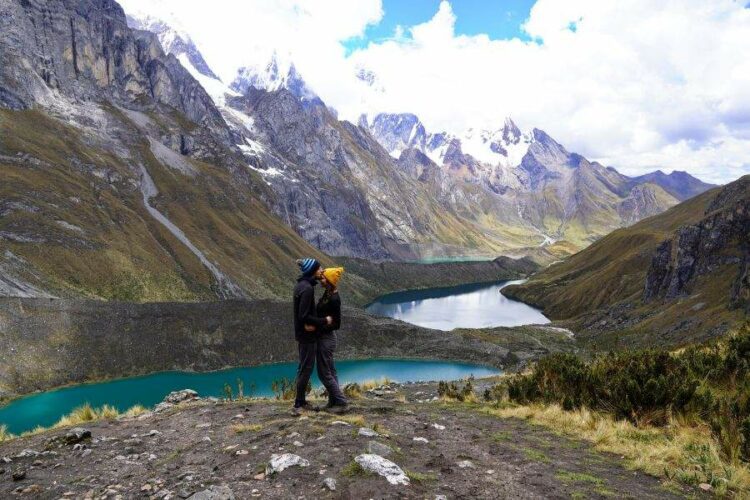
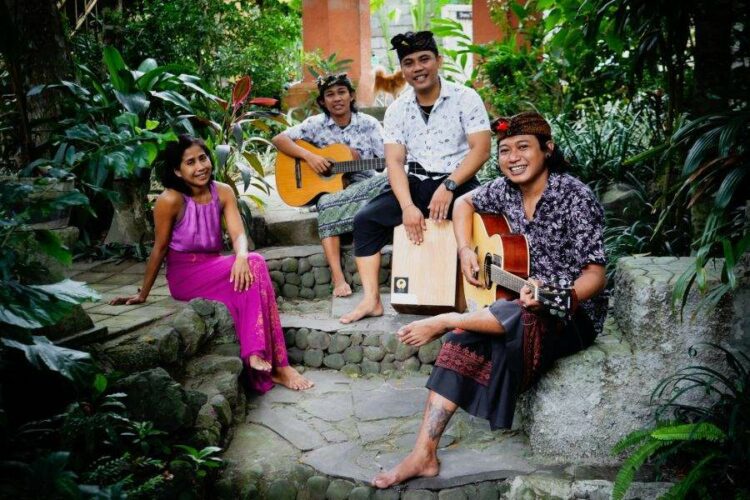
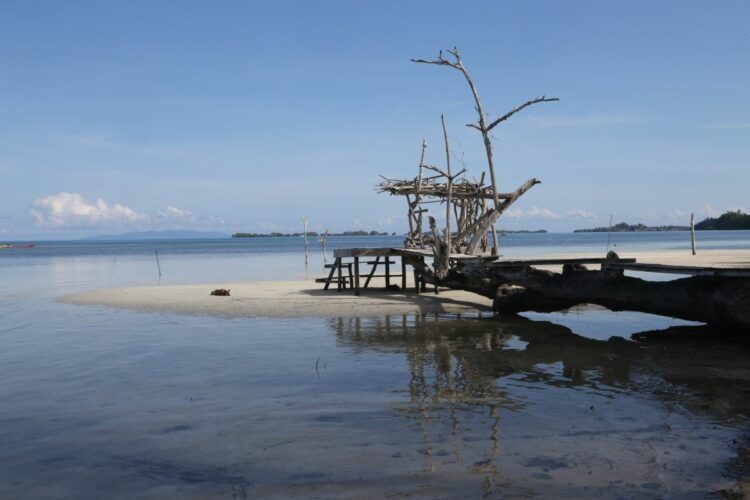
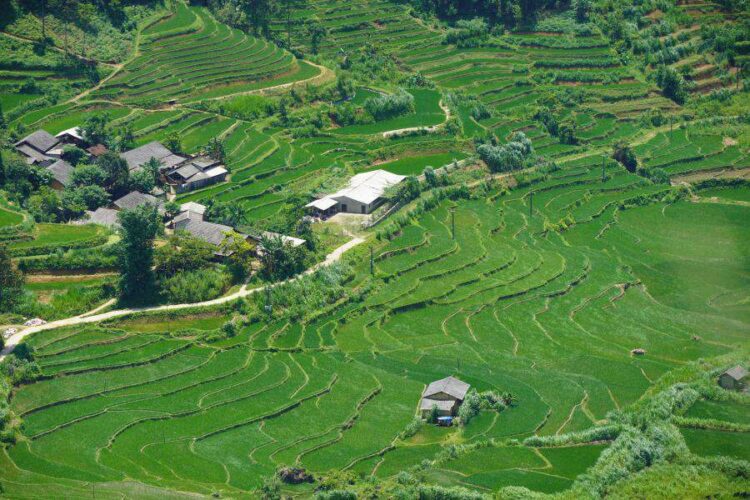



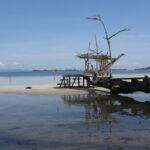
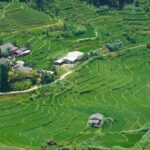

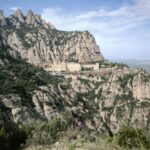
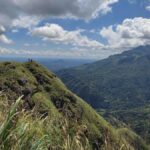
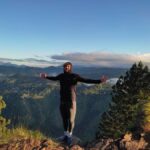
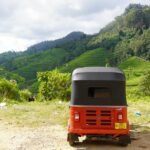

Comments
ingenuitydisplay
Ist es sicher, den Huayhuash Trek ohne einen Führer zu unternehmen und welche Vorkehrungen sollten getroffen werden, um die Sicherheit und den Erfolg der Wanderung […] Read MoreIst es sicher, den Huayhuash Trek ohne einen Führer zu unternehmen und welche Vorkehrungen sollten getroffen werden, um die Sicherheit und den Erfolg der Wanderung zu gewährleisten? Read Less
Julian
to ingenuitydisplay
Die Vorkehrungen, die wir getroffen haben habe ich ja in dem Beitrag erklärt. Eine Erfolgs-Garantie gibt es natürlich nicht und die Wanderung ohne Führer empfehle […] Read MoreDie Vorkehrungen, die wir getroffen haben habe ich ja in dem Beitrag erklärt. Eine Erfolgs-Garantie gibt es natürlich nicht und die Wanderung ohne Führer empfehle ich nur Leuten, die bereits im Hochgebirge unterwegs waren. Read Less
tijmen
Where in Huaraz did you buy the food?
Julian
to tijmen
Hi Tijmen, we would the food at the market and in little stores. You'll have plenty of options.